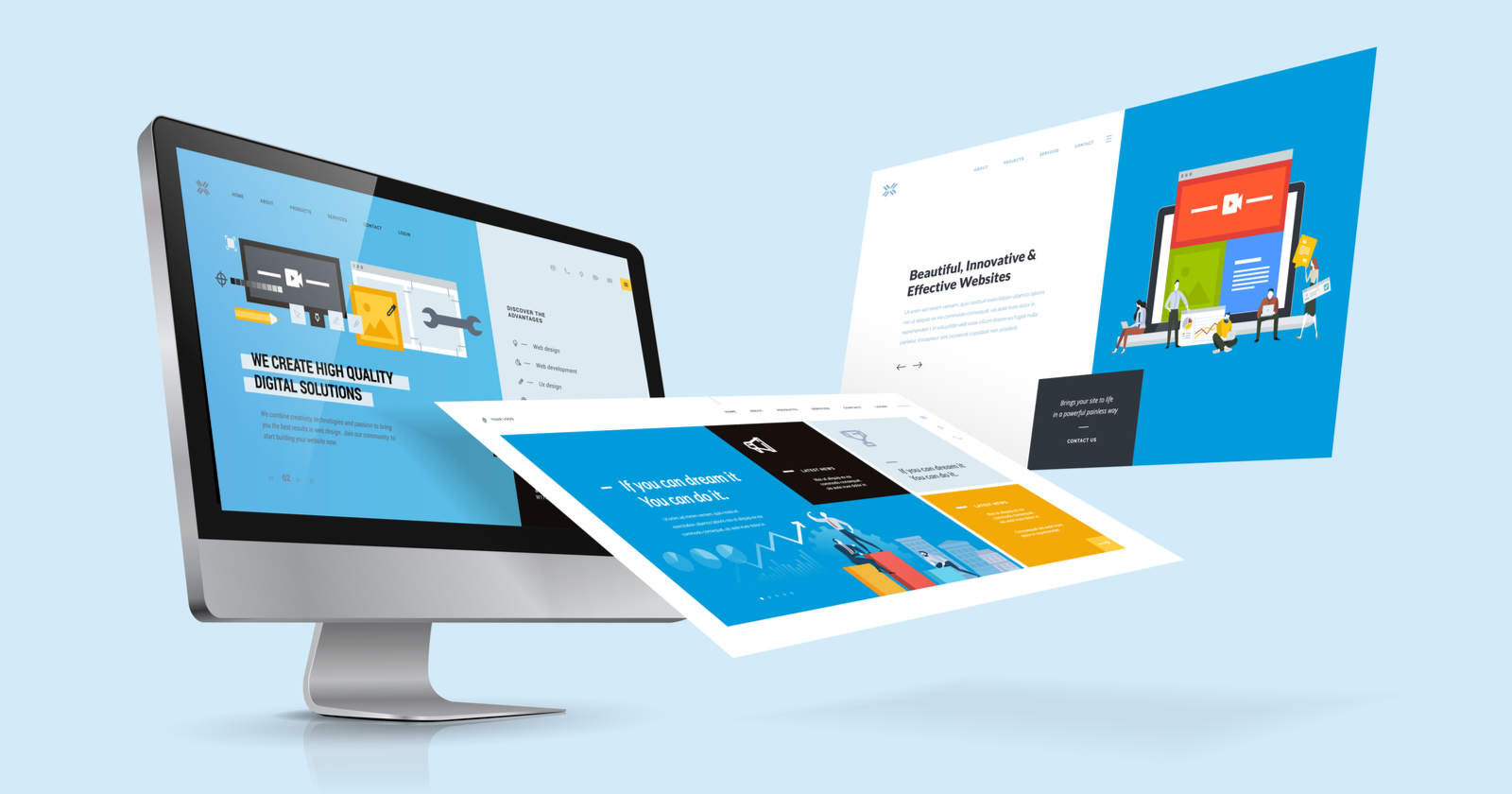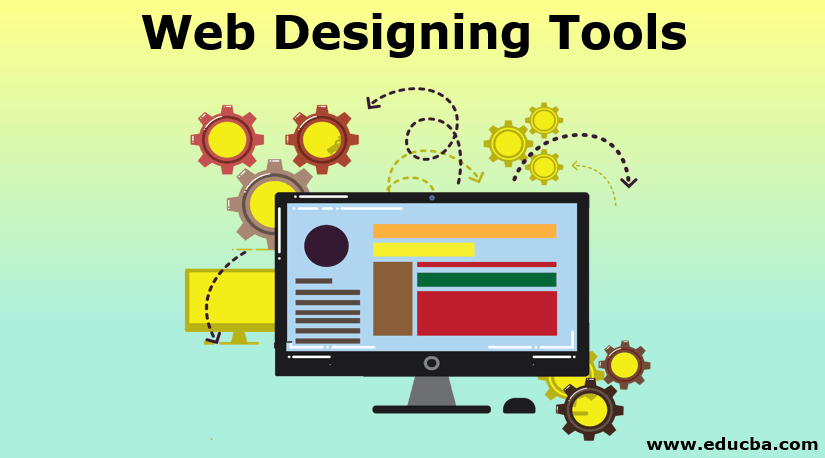Aligned Position Web Design: Delivering High-Quality, User-Friendly Web Designs for Every Industry
The Most Effective Sorts Of Website Design to Boost User Experience and Involvement
In the ever-evolving landscape of digital interaction, the efficiency of Web style substantially influences customer experience and involvement. Numerous layout strategies, such as minimal, receptive, and interactive formats, each deal one-of-a-kind benefits that can provide to varied customer requirements.
Minimal Website Design
As digital landscapes become increasingly cluttered, minimalist website design has actually arised as a powerful method to enhancing user experience. This design ideology focuses on simpleness, concentrating on vital aspects while eliminating unnecessary distractions. By making use of enough white area, simple navigating, and a minimal color palette, minimal layout promotes clarity and routes individual interest to key web content.
The core concept of minimalist website design is to develop a smooth communication for individuals. By reducing cognitive lots, individuals can swiftly grasp details without feeling bewildered. This straight approach not just enhances use however also urges interaction, as visitors are most likely to discover a site that is aesthetically attractive and easy to navigate.
In addition, minimalist layout typically emphasizes typography and images, utilizing these aspects strategically to communicate messages effectively. This focus on essential elements can boost brand identification and create an unforgettable customer experience. In essence, minimal website design is not simply a trend; it is a thoughtful method that recognizes the significance of user-centered layout. By stripping away peripheral elements, designers can develop a more engaging, effective, and delightful Web experience for all individuals.
Responsive Website Design
In today's varied electronic environment, responsive Web design has ended up being necessary for developing a seamless user experience across a wide variety of tools. As users access sites on mobile phones, desktop computers, tablet computers, and laptops, the ability of a website to adapt its format and web content to various display sizes and resolutions is important.
Responsive Web design uses adaptable grids, photos, and CSS media inquiries to guarantee that Web material exists efficiently, regardless of the device used. This approach not just improves the visual appeal of an internet site yet likewise considerably improves use. Individuals are more probable to involve with a site that offers a regular experience, as it gets rid of the irritation of having to zoom in or scroll exceedingly.
Furthermore, search engines, consisting of Google, prioritize mobile-friendly internet sites in search positions. By adopting receptive design, organizations can enhance their visibility and get to a broader target market. This technique additionally simplifies internet site maintenance, as a solitary version of the website can satisfy all tools, decreasing the demand for multiple variations. In summary, receptive Web style is a fundamental technique that boosts customer experience, interaction, and overall fulfillment.
Interactive Website Design
Responsive website design lays the groundwork for improving individual experience, however interactive website design takes this a step better by engaging individuals in an extra vibrant method - Aligned Position Web Design. By incorporating elements such as computer animations, clickable models, and real-time comments, interactive website design astounds users, drawing them right into a richer browsing experience
This method not only fosters involvement yet likewise encourages users to explore content proactively instead of passively consuming it. Strategies such as gamification, where users gain benefits for completing jobs, can substantially improve the time invested in a website and boost overall fulfillment. Interactive functions can simplify intricate information, making it a lot more satisfying and digestible.

Including interactive style elements can likewise bring about higher conversion prices, as customers are more probable to engage with a website that proactively includes them. Aligned Position Web Design. Eventually, interactive Web design changes user experiences right into unforgettable journeys, ensuring that visitors return time and again
Apartment Style
Characterized by its minimalistic technique, level design emphasizes simplicity and capability, removing unneeded elements and concentrating on essential features. This layout ideology prioritizes use, ensuring that customers can resource browse interfaces effortlessly and effectiveness. By utilizing a tidy visual, level design gets rid of the mess commonly found in much more elaborate designs, therefore enhancing customer emphasis on content and capability.
The characteristic of level style exists in its use of strong shades, basic typography, and geometric shapes. These components add to a visually enticing user interface that is both modern-day and approachable. Additionally, level design promotes a feeling of clarity, enabling individuals to discern crucial actions and details without disturbance.
In addition, level design is especially reliable in receptive Web layout, as its simplicity translates well throughout various devices and screen sizes. By focusing on important functions, flat design not just meets user requirements but also urges seamless interaction, making it an essential element of reliable Web layout approaches.
Adaptive Web Layout
Adaptive Web design customizes the individual experience by creating several dealt with layouts customized to various display sizes and devices. Unlike receptive style, which fluidly changes a single design, flexible style uses unique designs for particular breakpoints, ensuring ideal discussion on various platforms. This approach enables developers to focus on the one-of-a-kind characteristics of each gadget, enhancing usability by supplying precisely what individuals need based upon their context.
Among the key advantages of adaptive Web layout is its capacity to maximize lots times and efficiency. By serving customized web content and photos that fit the customer's gadget, internet sites can reduce data usage and improve loading speeds. published here This is specifically useful for users with slower links or limited information strategies.

Additionally, flexible style promotes a much more controlled and consistent branding experience. Given that developers produce multiple layouts, they can make certain that the aesthetic aspects line up with the brand's identification across various platforms - Aligned Position Web Design. This leads to a cohesive individual experience, boosting engagement and promoting individual retention
Final Thought
In conclusion, the integration of minimalist, receptive, and interactive Web layout principles considerably improves customer experience and involvement. Minimalist style fosters clearness and emphasis, while receptive layout makes certain adaptability across various devices, promoting availability. Interactive style astounds customers via vibrant components, urging expedition and customization. Jointly, these layout comes close to add to the production of straightforward settings that not just boost contentment yet additionally drive greater conversion rates, highlighting their vital value in contemporary website design strategies.

Minimal style cultivates quality and emphasis, while receptive layout ensures adaptability across various devices, promoting ease of access. Collectively, these design comes close to contribute to the development of easy to use atmospheres that not only enhance complete satisfaction however likewise drive higher conversion rates, underscoring their crucial significance in contemporary Web layout approaches.